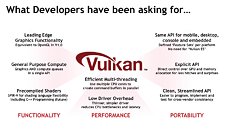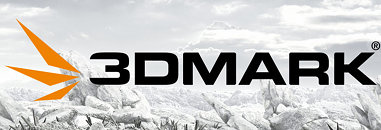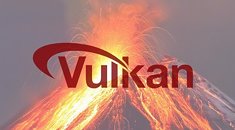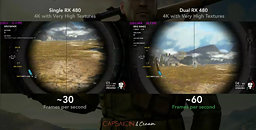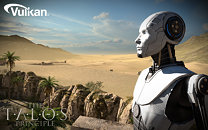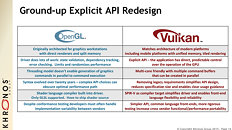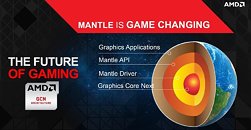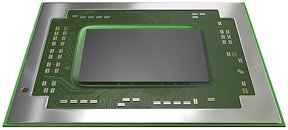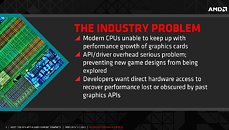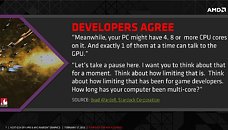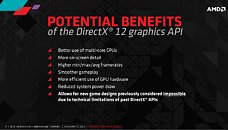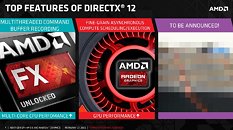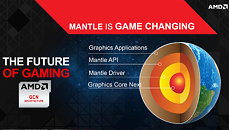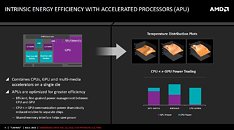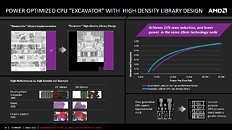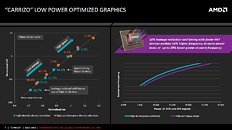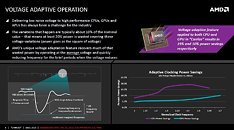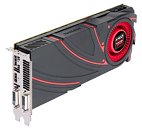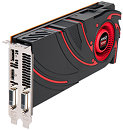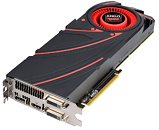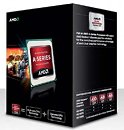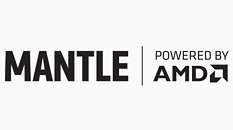Khronos Group to Merge OpenCL With Vulkan API
In a blog post detailing the release of OpenCL 2.2 with SPIR-V 1.2 integration today, Khronos put in an interesting tidbit, saying that "we are also working to converge with, and leverage, the Khronos Vulkan API - merging advanced graphics and compute into a single API." PC Perspective understandably found this worth further looking into, since as it is phrased, it seems as if OpenCL and Vulkan are going to be slowly developed towards parity (until eventually merging with it.)
Khrono's response to PC Perspective's inquiry was clear enough: "The OpenCL working group has taken the decision to converge its roadmap with Vulkan, and use Vulkan as the basis for the next generation of explicit compute APIs - this also provides the opportunity for the OpenCL roadmap to merge graphics and compute."
Khrono's response to PC Perspective's inquiry was clear enough: "The OpenCL working group has taken the decision to converge its roadmap with Vulkan, and use Vulkan as the basis for the next generation of explicit compute APIs - this also provides the opportunity for the OpenCL roadmap to merge graphics and compute."
